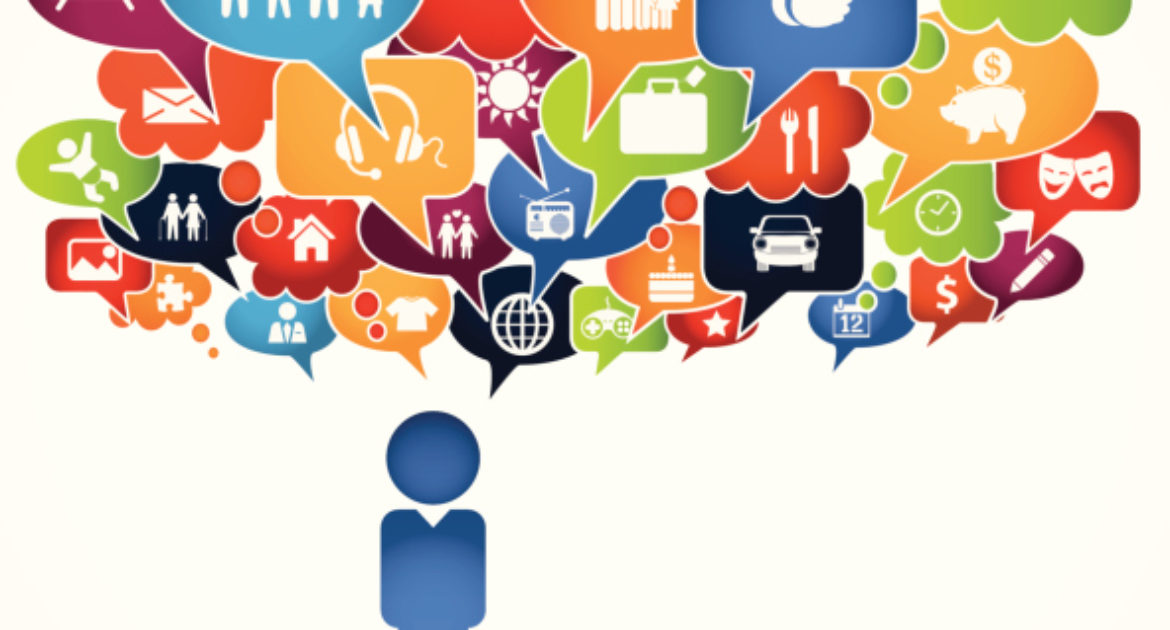Are You Talking To Me?

Merriam-Webster® defines communication as a process by which information is exchanged between individuals through a common system of symbols, signs or behavior. From everyday chats to advanced academic models and theories, we are all natural communicators; however are we communicating effectively with our customers and potential customers?
Ask any parent or teacher and they will agree that communicating with a child, or better yet a teen, is vastly different than how they communicate with a colleague or client. This simple scenario applies to the marketplace as well. From corporate organizations to entrepreneurial ventures, it is essential to match your message with your target audience.
Define your target audience
A clearly defined target audience is essential to best align your product or service with its needs and wants. There is no magic solution that is perfect for everyone. Defining your target audience will not only be important as you develop your sales messages, but will maximize your overall marketing budget.
Key demographics such as age, location and occupation are often used as a baseline. Then, your audience should be narrowed even further with psychographics such as values, lifestyle and behavior. Take a close look at your own target audience. Who are they? What features and benefits are most important to them? How do they gather information? And most importantly, what is their preferred communication style? Try an easy exercise to create your ideal customer profile; give her a name, a career and a personality to create a complete story of how she uses and embraces your product or service within her lifestyle.
Create your message effectively
Now that you have defined your target customer, you are ready to create your sales messages in tune with her needs and wants. Using your ideal consumer profile, highlight the features and benefits of your product or service that are most important to her. These benefits may include convenience, price or value, eco-friendly attributes, perceived luxury and myriad other benefits. From national brands to local service providers, a consumer has inherent reasons for making a purchase and it is your mission to identify and cater to those behaviors. And one last reminder, your message must be flexible to grow with the changing needs and wants of your ideal customer.
Choose the proper channel to convey your message
With the first two steps now complete, selecting the proper channel becomes easier to send your message to your customer. You can more clearly select the right magazine, newspaper, direct mail or social media outlet that matches her communication preference and behavior.
Plus, today’s online channels allow greater and faster feedback so you may monitor, respond and update your messages based on your customers’ views and opinions of your product or service. As you research advertising and marketing opportunities, keep your ideal customer profile top of mind to ensure that your message is hitting the mark. The channels must be trackable, with a code, special offer, website link or customized phone number so you may gauge response from one channel over another and refine your marketing plans and budget accordingly.
Your ideal customer is out there; she is listening and is ready to communicate and do business with you.
Related Posts
-
Seminole State College of Florida is in the running for the ...Jun 12, 2024 / 0 comments
-
With a 24-hour news cycle and myriad pathways for your audie...Apr 23, 2020 / 0 comments
-
ORLANDO, Fla. (June 4, 2021) – Summertime’s calling and ...Jun 04, 2021 / 0 comments



Sorry, the comment form is closed at this time.